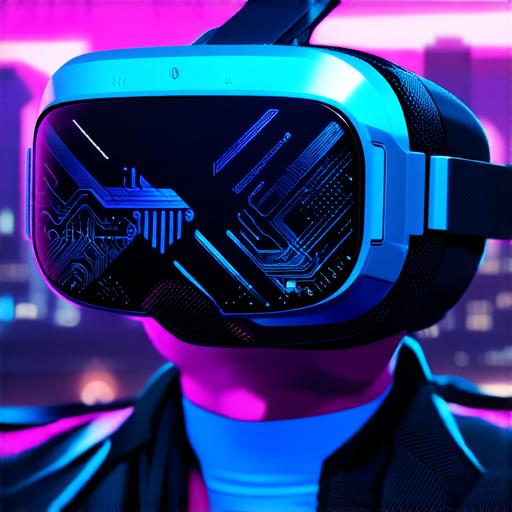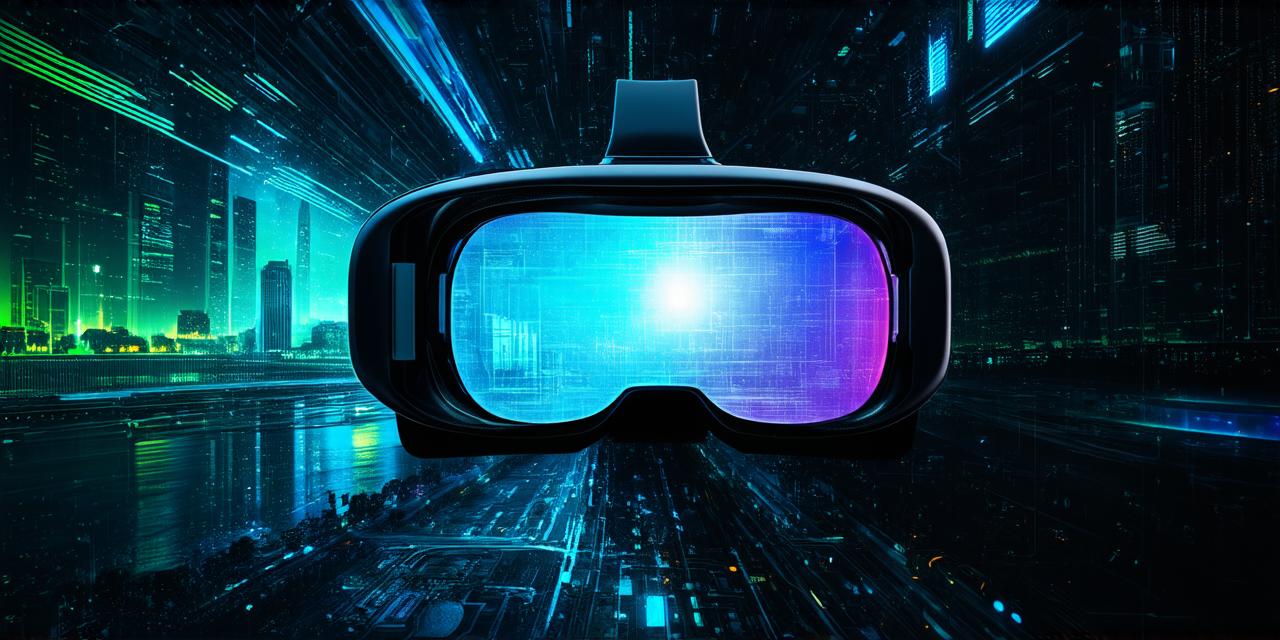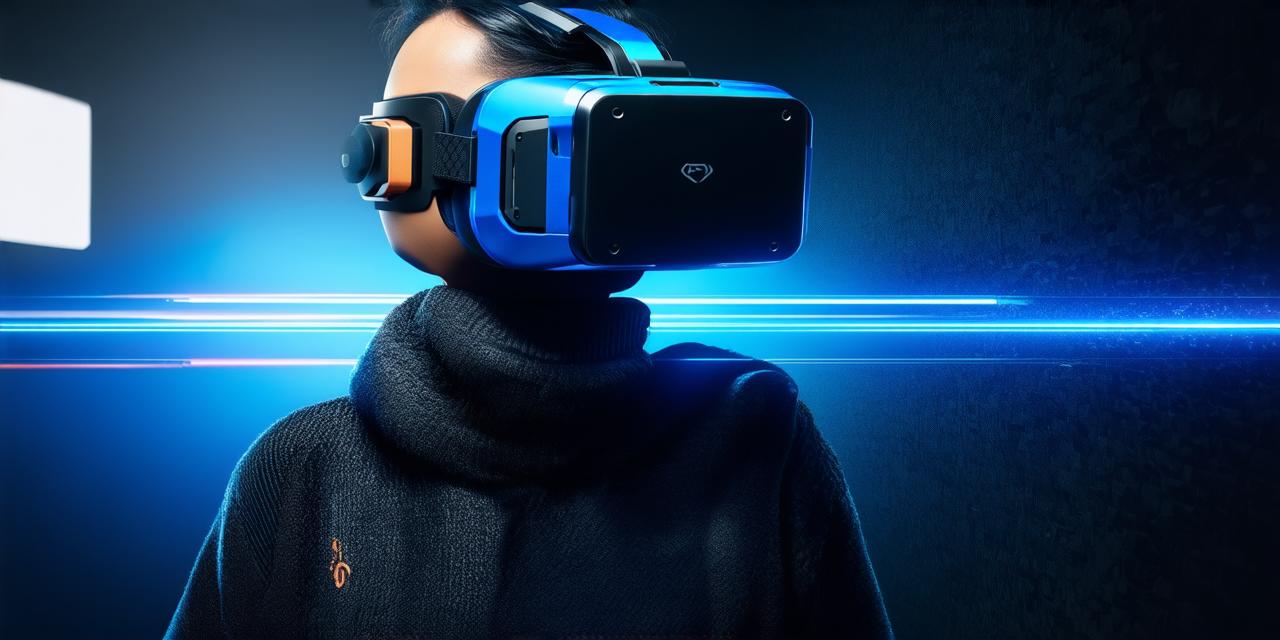
Virtual Reality Training
Virtual Reality (VR) training involves creating a simulated environment that can be experienced through a headset or other devices. The user is fully immersed in the virtual world and can interact with it as if it were real. This type of training is often used for dangerous or expensive tasks, such as military exercises, medical procedures, and industrial processes.
One of the key benefits of VR training is that it allows the user to experience a situation without any risk of harm. For example, a soldier can practice engaging in combat in a virtual environment, which can help them prepare for real-life situations on the battlefield. Similarly, medical professionals can practice procedures on virtual patients, which can improve their skills and reduce the risk of making mistakes during actual surgeries.
Another benefit of VR training is that it can be highly customized to meet specific needs. The virtual environment can be designed to simulate any scenario or situation, allowing the user to train for a specific job or task. This makes VR training an ideal option for companies looking to train employees in specialized areas such as engineering, construction, and aviation.
Augmented Reality Training
Augmented Reality (AR) training involves overlaying digital information onto the real world. The user sees their physical surroundings with additional digital elements added on top of it. This type of training is often used in industries such as manufacturing, engineering, and construction.
The primary benefit of AR training is that it allows the user to see how a product or process will work in real-life situations. For example, an engineer can use AR to visualize how a machine will work in its final product, allowing them to make any necessary changes before manufacturing begins. Similarly, construction workers can use AR to visualize how a building will look when it is completed, which can help them plan their work more effectively.
Another benefit of AR training is that it can be highly interactive. The digital elements added to the real world can be manipulated in real-time, allowing the user to see how changes will affect the final product or process. This makes AR training an ideal option for companies looking to improve their design and engineering processes.
Conclusion
In conclusion, while VR and AR training share some similarities, they are also significantly different. Virtual Reality training involves creating a simulated environment that is fully immersive, while Augmented Reality training overlaays digital information onto the real world. Both types of training have their own unique benefits and can be highly customized to meet specific needs. Ultimately, the primary distinction between VR and AR training lies in the type of experience they provide – a simulated reality versus an enhanced reality.



